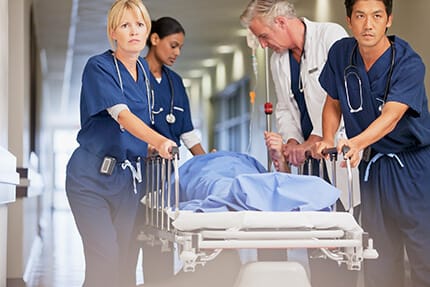Despite an increased awareness of the unique risks for child passengers, motor vehicle accidents remain one of the leading causes of death among American children. In 2017, auto collisions accounted for nearly 116,000 injuries and 675 deaths among children ages 12 and under.
Designed with adult proportions in mind, vehicle seat belts are not adequate to protect children—even if they have outgrown a car seat. The CDC reports that using the right type of restraint for a child’s age and size may reduce the risk of severe injury or death by as much as 80%.
Birth to ages 2 to 4
Babies and toddlers should sit in a backward-facing car safety seat until they outgrow the manufacturer’s recommendations for height and weight limits, usually between the ages of 2 and 4. This positioning helps to limit the risk of neck injury due to sudden head movements and spreads the impact of a crash more evenly across the child’s body.
Ages 2 to 5
Older toddlers who are too big to ride in a backward-facing seat should use a forward-facing restraining seat equipped with a harness. Pediatricians recommend using a car seat for as long as possible. Many models can accommodate children of up to at least 65 pounds.
Ages 6 to 12
School-aged children who have outgrown car seats may still be too small for an adult safety belt to provide enough protection and restraint. Belt-positioning booster seats help to ensure a snug, anatomically appropriate fit until the child is big enough to use the vehicle’s lap and shoulder belts. In most cases, that happens between the ages of 8 and 12, when the child is about 4 feet 9 inches tall.
Final tips
Children ages 12 and under should ride in the back seat, even if they have grown enough to use the installed safety belts. In addition to being generally safer, sitting in the back seat helps to prevent possible injury from airbags that can inflate with explosive speed and force that may be harmful or even deadly to smaller passengers.







